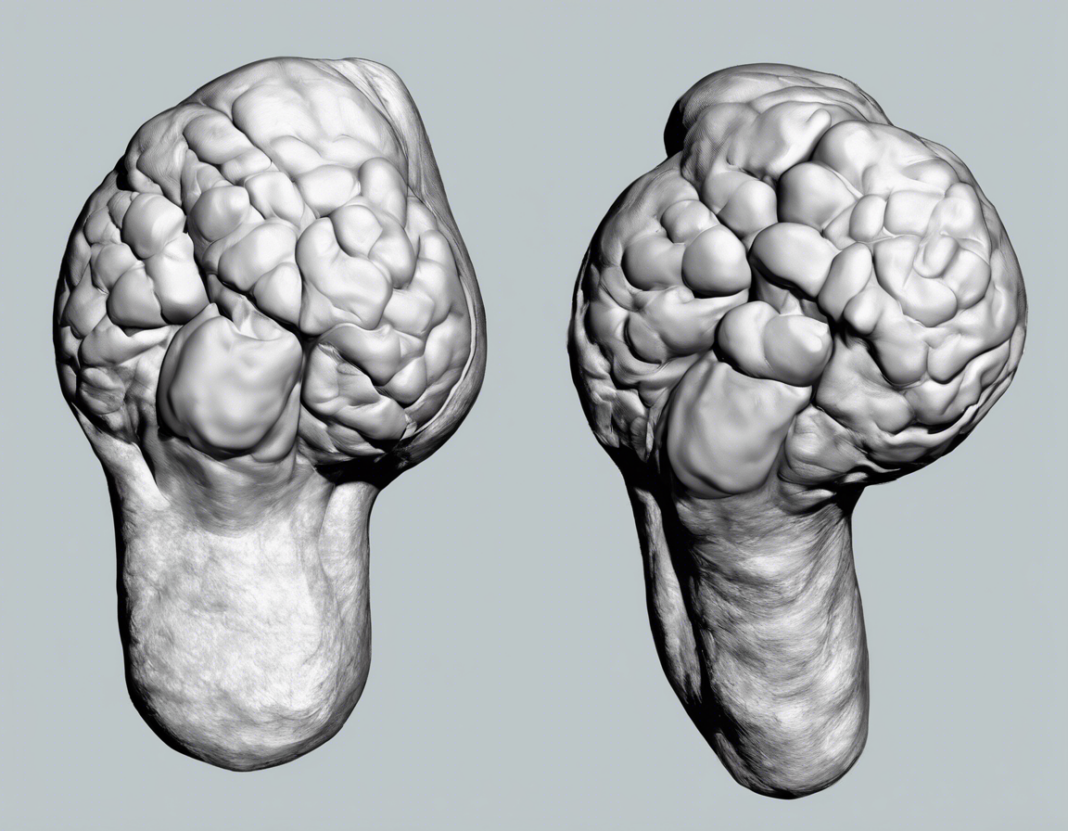The appendicular lump is a term used to describe a complication of acute appendicitis, a common emergency condition that requires immediate medical attention. This lump is a mass of inflamed and necrotic tissue that forms around the appendix due to untreated or delayed treatment of appendicitis. In this article, we will explore the causes, symptoms, diagnosis, and treatment options for appendicular lump to help individuals understand this condition better and seek timely medical assistance.
What is an Appendicular Lump?
An appendicular lump is a localized collection of inflammatory debris that surrounds the appendix when acute appendicitis is left untreated. This lump is predominantly made up of pus, damaged tissue, and bacteria. It can vary in size and typically causes significant pain and tenderness in the lower right abdomen.
Causes of Appendicular Lump
The primary cause of an appendicular lump is acute appendicitis. Acute appendicitis occurs when the appendix becomes inflamed, usually due to obstruction of the appendiceal lumen by fecaliths (hardened masses of stool), swollen lymphoid tissue, or rarely, tumors. If left untreated, the inflamed appendix can rupture, leading to the formation of an appendicular lump.
Symptoms
- Persistent abdominal pain: Pain in the lower right abdomen that worsens with movement.
- Fever: Often accompanied by chills and sweating.
- Nausea and vomiting: Due to the irritation of the gastrointestinal tract.
- Loss of appetite: Decreased desire to eat.
- Constipation or diarrhea: Changes in bowel habits may occur.
- Tenderness: The abdomen is tender to the touch, especially in the right lower quadrant.
Diagnosis
Diagnosing an appendicular lump typically involves a combination of medical history evaluation, physical examination, and imaging studies. A healthcare provider may conduct tests such as:
– Physical examination: Palpation of the abdomen to locate tenderness and masses.
– Blood tests: Elevated white blood cell count indicates infection.
– Ultrasound: To visualize the appendix and surrounding structures.
– CT scan: Provides detailed images of the abdominal area.
Treatment Options
Treatment for an appendicular lump often involves a combination of antibiotics, pain management, and surgical intervention. Here are some key points to consider:
– Antibiotics: Administered to control infection and inflammation.
– Pain management: Analgesics are prescribed to alleviate discomfort.
– Observation: In some cases, doctors may opt for a “watchful waiting” approach if the lump is small and the patient’s condition is stable.
– Surgical intervention: If the lump is large or causing severe symptoms, surgical removal may be necessary.
Complications
If left untreated, an appendicular lump can lead to several complications, including:
– Abscess formation: Pus collection requiring drainage.
– Peritonitis: Inflammation of the lining of the abdominal cavity.
– Sepsis: Systemic infection that can be life-threatening.
Frequently Asked Questions (FAQs)
- Can an appendicular lump go away on its own?
-
In some cases, small appendicular lumps may resolve on their own with antibiotics and supportive care. However, larger lumps often require surgical intervention.
-
How long does it take to recover from appendicular lump surgery?
-
Recovery time can vary depending on the size of the lump and individual factors. In general, most patients recover within 2-4 weeks after surgery.
-
Is it possible for an appendicular lump to recur?
-
While rare, there is a risk of recurrent appendicitis and the formation of a new appendicular lump. It is essential to follow post-operative instructions and seek prompt medical attention for any concerning symptoms.
-
Can I prevent an appendicular lump?
-
The best way to prevent an appendicular lump is to treat acute appendicitis promptly. If you experience symptoms such as abdominal pain, fever, and nausea, seek medical help immediately.
-
What are the long-term effects of an untreated appendicular lump?
- Untreated appendicular lumps can lead to serious complications such as peritonitis, abscess formation, and sepsis. It is crucial to address appendicitis and its complications promptly to avoid long-term consequences.
Conclusion
An appendicular lump is a serious complication of acute appendicitis that requires prompt medical evaluation and treatment. Understanding the causes, symptoms, diagnosis, and treatment options for this condition is crucial for timely intervention and prevention of complications. If you experience symptoms of appendicitis or suspect the presence of an appendicular lump, seek medical attention immediately to ensure proper care and management.












